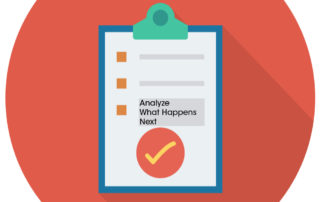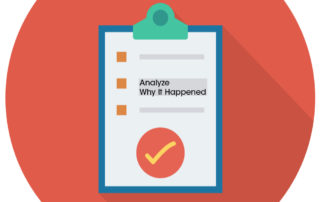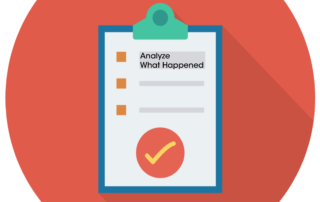Step 3 in a Reflective Data Analysis Protocol: Analyze What Happens Next
Jane Kennedy2023-11-17T02:47:41+00:00In this article you will learn…
- The most effective data protocol is one that has a built-in process to analyze why students did or did not learn what they needed to because it will help you when it comes to reteaching to the specific needs of your students.
- A reflective data analysis protocol includes 3 steps: Identify what happened, reflect on why it happened, identify what happens next.
- That once you have analyzed what happened and why, you are ready to develop a reteaching plan that includes those decisions that supported success and must include solutions to those decisions that hindered success.





